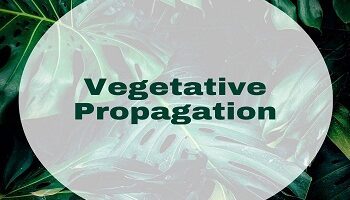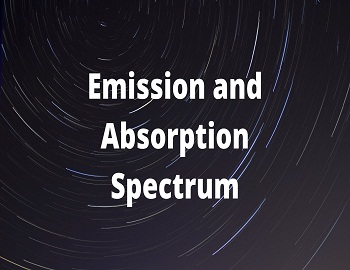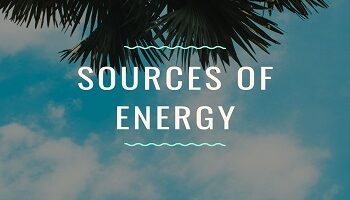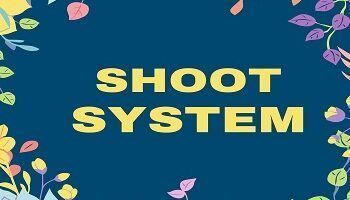GK from Neural Control and Coordination:
- Who acts as a relay centre amongst different parts and sides of the brain- Pons-Varoli or Pons bridge.
- The nervous system originates from- Ectoderm.
- Who got Nobel Prize for synapse discovery i.e. neuron-neuron contact- Sir Charles Sherrington.
- Who protects the central nervous system from external shock- Cerebrospinal fluid.
- __________ composed of medulla oblongata, pons varoli and midbrain- Brain stem.
- Coordination of voluntary muscle activity is connected with- Cerebellum.
- The retina of the mammalian eye is composed of- Rods and Cones cells.
- _____________ is the first neurotransmitter discovered by Otto Loewi- Acetylcholine.
- Sympathetic nervous system increases- Heart Beat.
- Sclerotic is the outermost layer of- Eye.
- __________ are the structural and functional units of nervous system- Neurons.
- Exhaustion of neurotransmitter at synapse due to repeated stimulation is called as- Synaptic Fatigue.
- Determination of exact power of the lens required to correct eye defect- Retinoscopy.
- The body temperature regulatory centre in the brain is- Hypothalamus.
- The defective condition of accommodation of the eye in which distant objects are seen distinctly but nearby objects indistinct is- Hypermetropia.
- The pia mater and dura mater are referred to as- Meninges.
- The membrane that gives us the ability to discriminate different pitches of sound is the- Basilar Membrane.
- Parasympathetic nerve arises from which region of the nervous system- Cranio-sacral.
- Which part of the brain controls intellectual ability- Frontal Lobe.
- The connection between axon and dendrite is called- Synapse.
- Cerebral hemispheres are the centres of- Thinking.
- _______ is the purple coloured pigment found in the rod cells of the retina- Rhodopsin.
- Which part of the brain controls the respiratory centre- Medulla Oblongata.
- The cornea of the camel has a covering which is called- Umbraculum.
- _______ is the seat of intelligence, will power, memory, learning, thinking, vision, hearing, mood and emotions- Cerebrum.
- Which is the smallest and slenderest cranial nerve- Pathetic Nerve.
- Trigeminal Nerve is the largest cranial nerve which is also named as- Dentist Nerve.
- The phenomenon of Reflex Action was discovered by- Marshal Hall (1833).
- The area of the retina where the optic nerve and blood vessels (optic artery and optic vein) enter and leave the eyeball is called the- blind spot.
- ________ is a layer of fatty connective tissue that surrounds the eye orbit acting as a soft shockproof cushion- Adipose Tissue.
- The axon, particularly of peripheral nerves is surrounded by which cells- Schwann Cells.
- Cylindrical glasses are used to correct which refractive errors of eye- Astigmatism.
- The part of the eye which gives colour to the eye- Iris.
- A canal that connects the ear cavity with the pharynx is- Eustachian Canal.
- _________ is the outermost menings of brain- Dura mater.
- The band of nerve fibres that join the two cerebral hemispheres in mammals- Corpus Callosum.
- In the neurilemma, the vesicles release their neurotransmitters into the synaptic cleft by- Exocytosis.
- Sensory organ for perceiving vibrations in insects- Johnston’s Organ.
- The central perforation of the iris is called- Pupil.
- Grey matter is composed of- Neurocyton.
- White matter is composed of- Myelinated nerve fibres.
- Who conducts sensory and motor impulses to and from the brain- Spinal Cord.
- Inflammation of a nerve, usually accompanied by pain and tenderness- Neuritis.
- Sweating during high temperature as well as exercise is an example of- Unconditioned Reflex Action.
- Defects occurring in eyes due to paralysis of ciliary muscles- Cycloplagia.
- In older persons, the eye lens becomes opaque reducing visibility causes an eye disease called- Cataract.
- The organ of Corti is a structure present in- Cochlea.
- The innermost layer of the human eye is- Retina.
- A photosensitive compound in the human eye is made up of- Opsin and Retinal.
- _______ prevents internal reflection of light inside the eye- Choroid.









Comments (No)